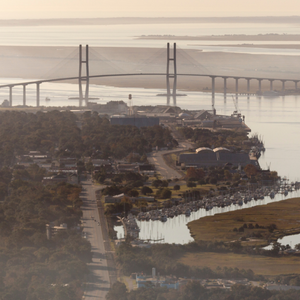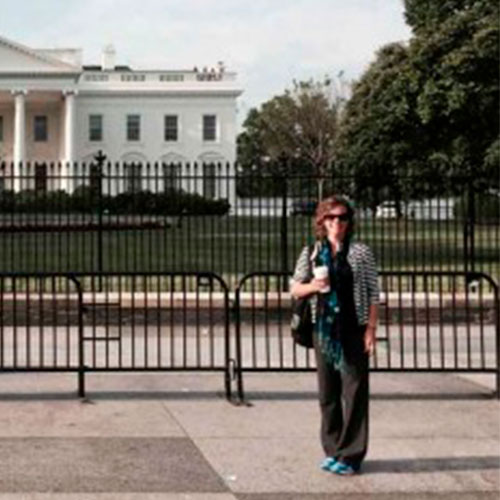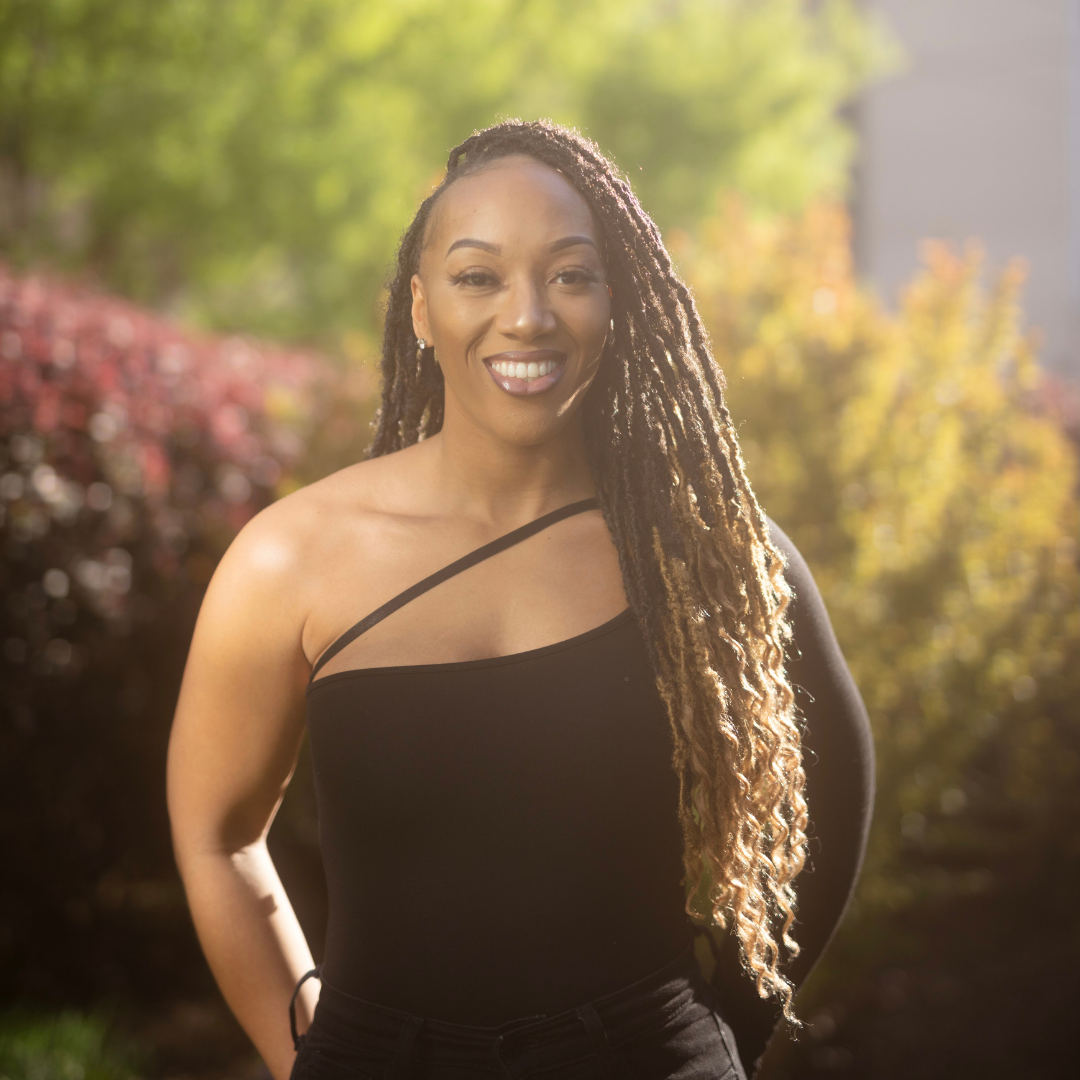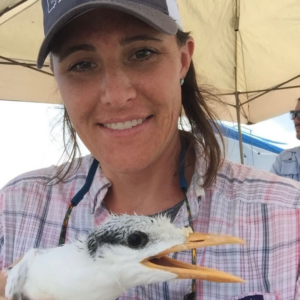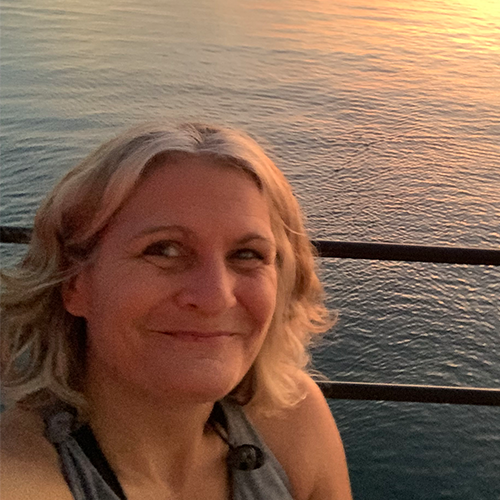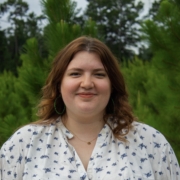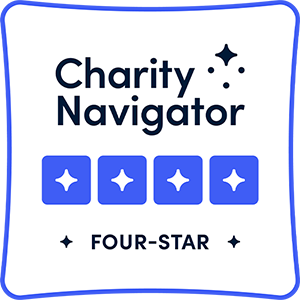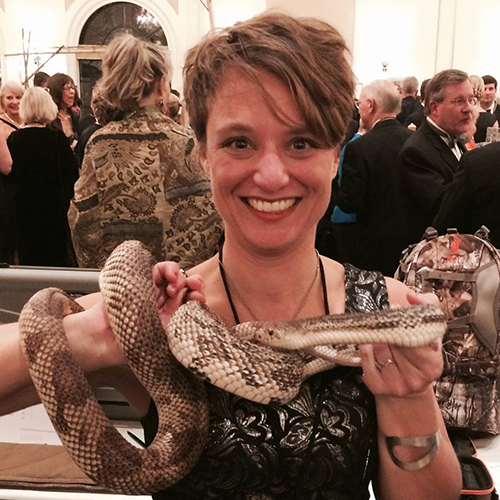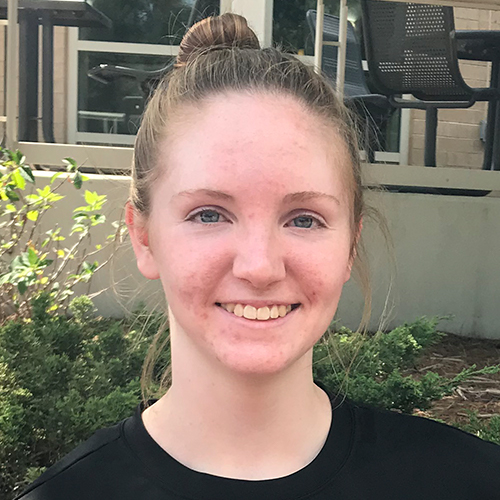Our coast is developing at warp speed.
Let’s be clear: we are not against development. Growth and economic progress are good things—when they are sensible, sustainable, and realistic. And while many of our decision-makers claim to want to create communities built on such principles, our rapidly changing coast tells a different story.
Warehouses are boxing in longstanding residences. Giant developments are threatening wildlife corridors and cultural heritage sites. County and city commissions are under intense pressure from developers to allow for zoning that doesn’t fit community vision. As industries are incentivized to “Come to the coast!” our local infrastructure is struggling to keep up.
The question many of us are asking is: What can we do?
Learn more and get involved.
Explore the pages below to learn about specific development projects, county-based zoning, and the warehouse takeover—and how you can get involved.
Stop the Warehouse Takeover!
Massive warehouse developments are transforming our coastal landscape, environment, and communities.

Water Resources
Rampant and rapid industrialization is straining our North Coast (and regional) water supply.

Local Planning
Engage in Comprehensive Plan reviews and updates, local planning and zoning changes, and community-minded development.
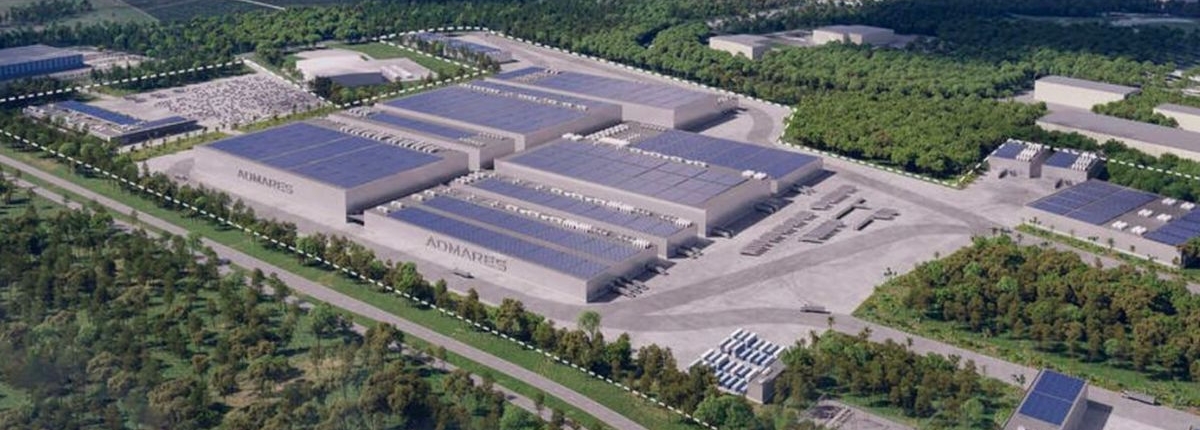
Liberty County Development
Neighborhoods in Liberty County are feeling buried by warehouse development, but they continue to fight.

Glynn County Zoning
Developers in Glynn County are placing major pressure on decision-makers—and the community is speaking up.
